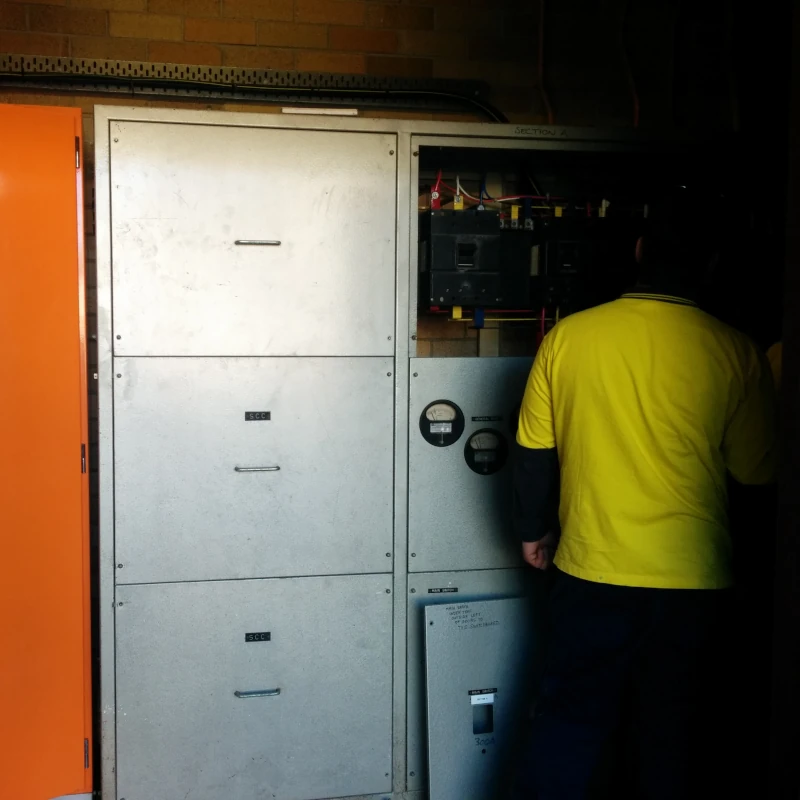The smart solar metering and monitoring upgrade solution enabled Schools Infrastructure NSW (SINSW) to avoid direct upgrade costs, eliminated vendor ‘lock-in’, and facilitated quality information and analytics to better monitor and analyse plant and equipment across the portfolio of 2,200 NSW schools.

Location: Australia
Industry: Education
Project Funding: $1.4m
Project Website: NSW Government Website
Key outcomes
- Rewrote NSW Government specifications for Solar PV in Schools
- Added 40 utility smart meters with real-time data collection
- $500k avoided infrastructure upgrade costs
- Benefit cost ratio of 2.5x
- Opened up procurement to more vendors
- Stopped single vendor lock-in
- Enabled energy demand response, power quality & network services
Scope
SINSW has approximately 2,300 schools across the state; 1,600 of which have solar PV systems. Typically, a vendor solution (SMA ‘Sunny WebBox’) was used for monitoring the systems through a variety of devices. End-of-life vendor devices presented the NSW Government with a dilemma.
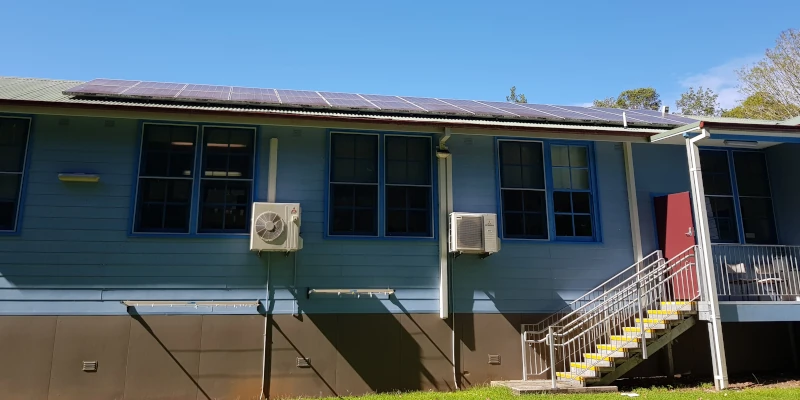 Typical Solar PV panels on a NSW School
Typical Solar PV panels on a NSW School
The vendor used a proprietary communications protocol on early models of solar PV inverters, meters, irradiance sensors and communications gateways known as SMAnet. The solution worked well, and regularly posted data to the SMAweb solution, providing SINSW with up-to-date information about their solar generation, then used for GREP reports and planning for future expansion of the Solar PV roll-out.
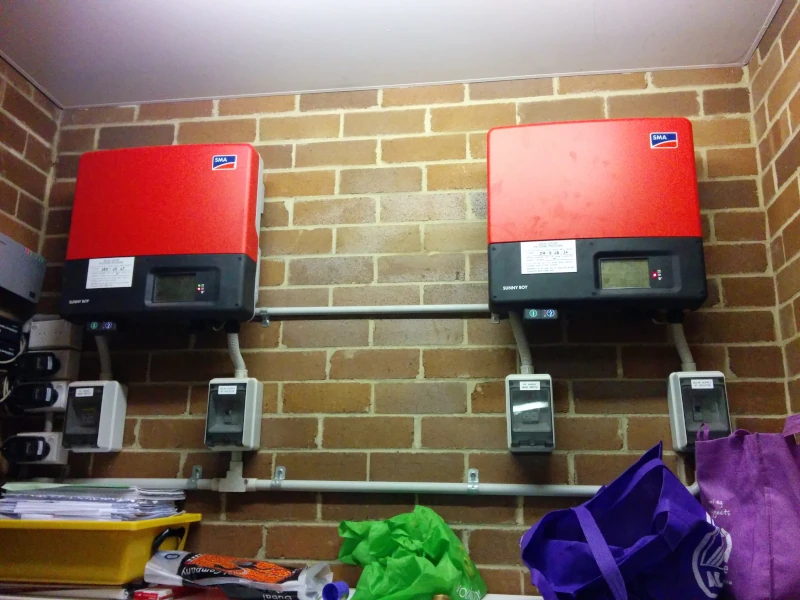
Typical Solar PV Inverter installation (pre 2016)
The NSW Government had some concerns with the existing solution:
- The vendor had discontinued the Sunny WebBox and equipment using the proprietary SMAnet communications protocol
- SINSW specified the use of the one vendor to ensure data was not fragmented between different vendor websites
- This was not in the spirit of market competition and denied other vendors access to provide new and innovative solutions
That the vendor discontinued this line of products, and with the Sunny Webboxes inevitably failing in the field, data was being lost at an increasing rate, with no method solve the problem.
Method
Site visits of schools with failed Sunny Webboxes were conducted during 2016 to inspect the problem first hand. This included Tempe Public School, Daceyville Public School and Bellevue Hill Public School.
Immediately, we could see failures in the Sunny Webboxes, with inverters complaining of a network error.
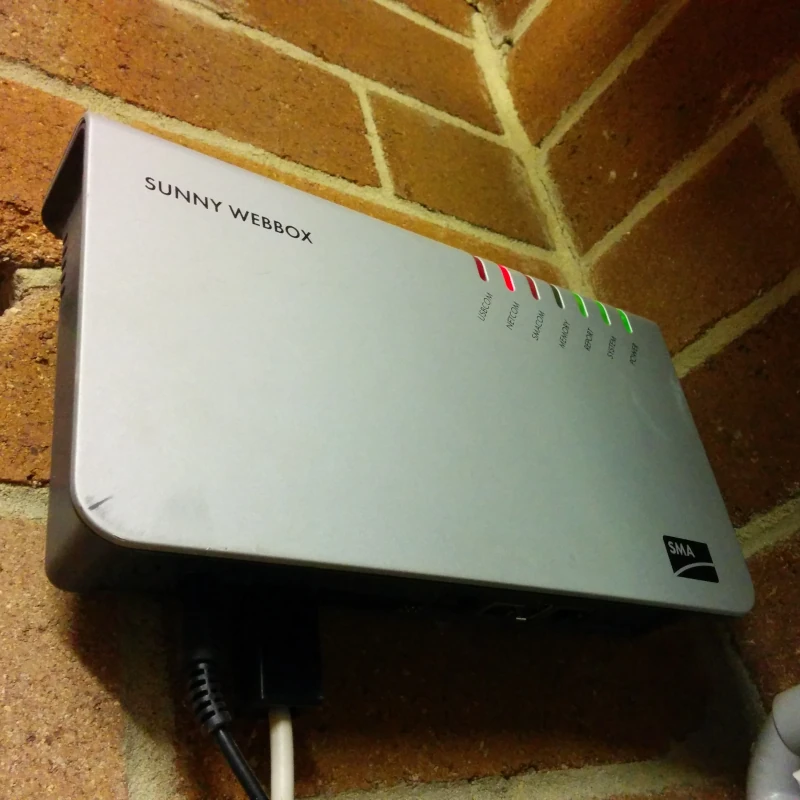
Sunny Webbox displaying an error
Attempts were made to reset the units, but the only solution that worked was to replace and reset the unit. Which was not great, but got worse when the production was discontinued, and replacement units dried up.
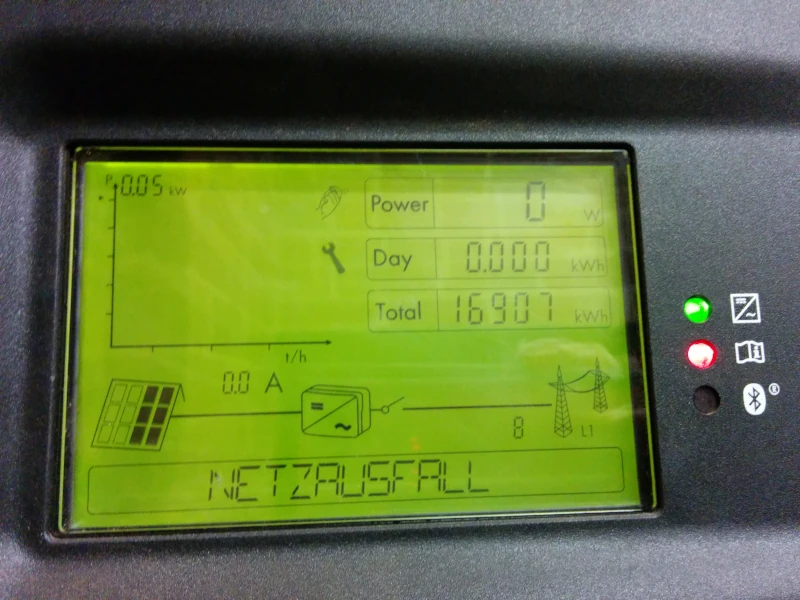
SMA Inverter displaying a network error
Solution

The IT team at NSW Government use the network monitoring tool Zabbix which had the capability to monitor network appliances for system health - and other devices using modbus - primarily to support UPS devices.
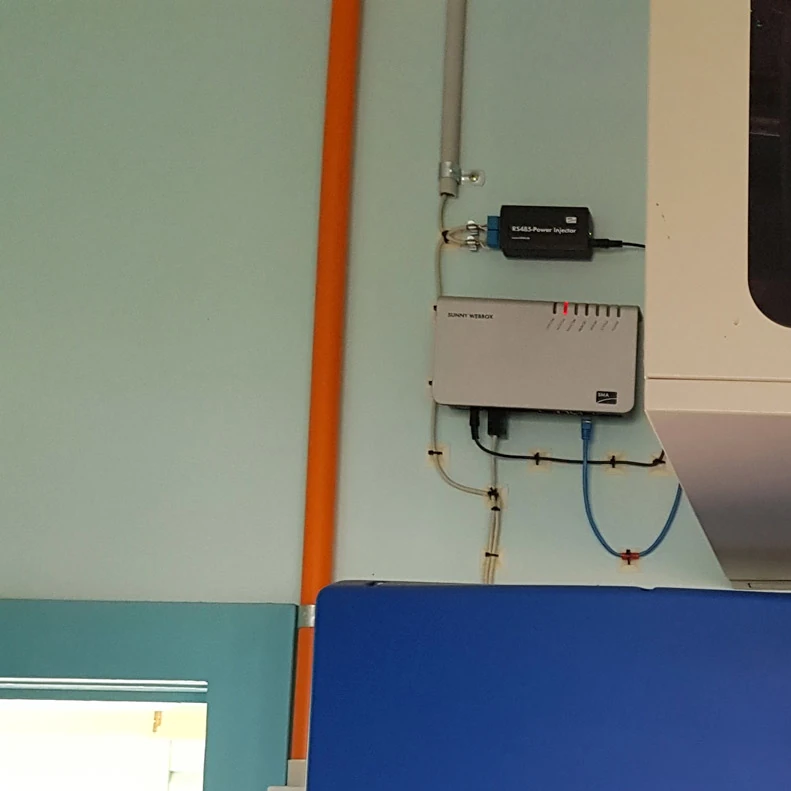
Before: Sunny Webbox with error on display
Buildings Evolved added communications gateways from Moxa to replace the failed Sunny Webbox devices.
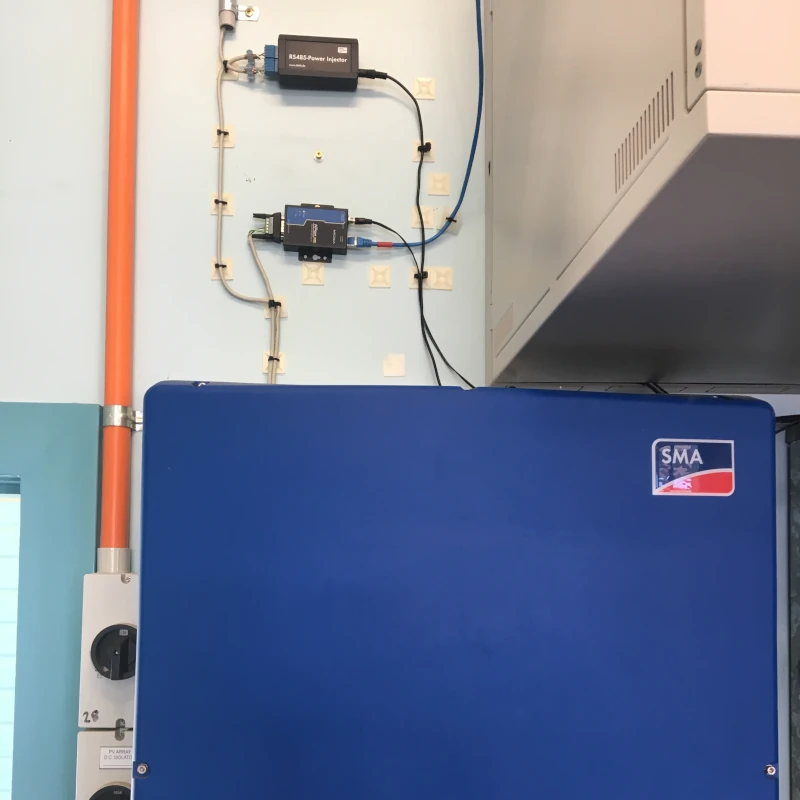
After: Webbox replaced 1:1 with a Moxa nPort 5130 serial gateway
Our team designed, tested and delivered a Zabbix module in C++ that talked native SMAnet protocol. This module could then poll any of the devices on the SMAnet communications bus for voltages, active/reactive/apparent power, irradiance - any parameters available on the SMA devices.
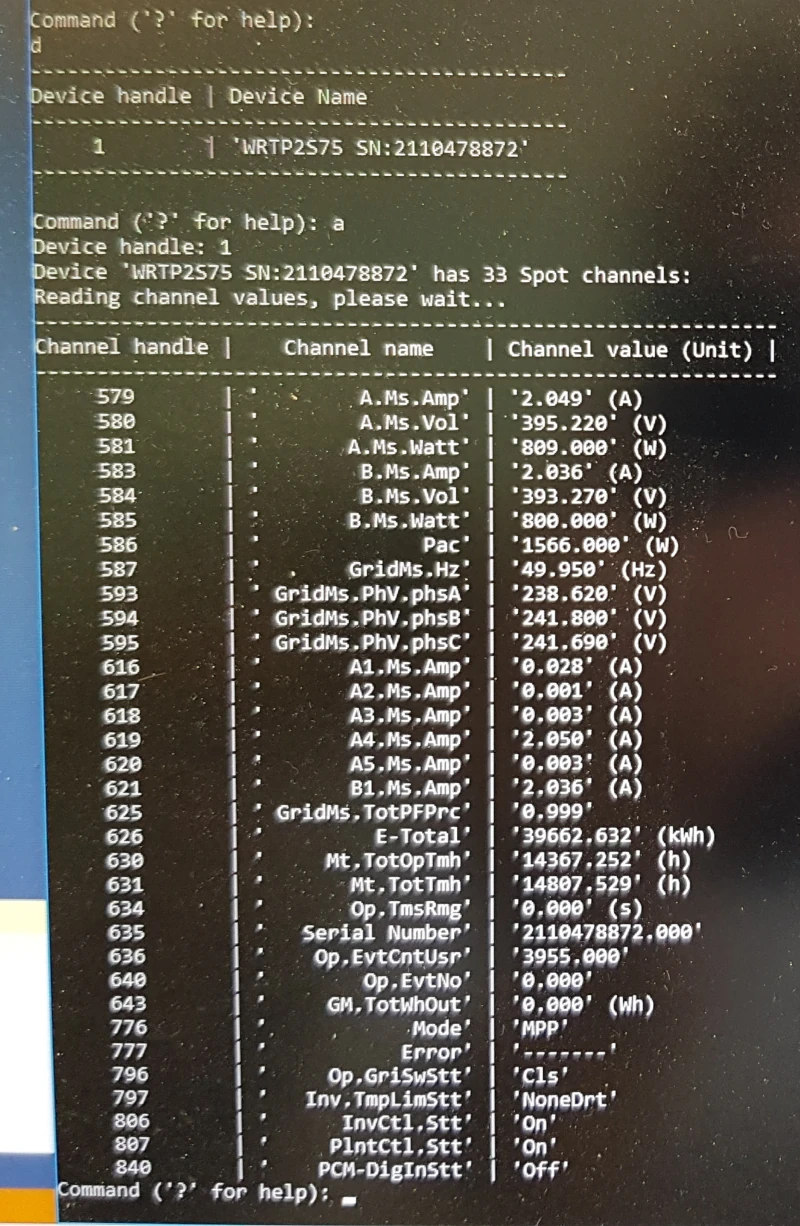
Polling data from inverters in real-time on SMAnet
The solution allowed the NSW Government to reconnect disabled systems back to a database. A database owned and operated by the NSW Government.
Sunspec Inverters
Now that data sovereignty had been established, the NSW Government added scope, wishing to extend the open data principal to allow the procurement teams to open the specification up to other vendors of solar inverters.
This was done by testing new SMA inverters and communications gateways alongside that of Fronius. Both vendors had recently adopted Sunspec Modbus (precipitating the demise of SMAnet).

Using Sunspec Modbus, Zabbix, PLCs, BMS, SCADA or any number of methods could be deployed to read data directly out of the solar inverters.
There is also the opportunity to be able to optimise and control the output of the solar inverter in real-time, shifting the balance of active and reactive power - turning the inverter into a type of power factor correction device.
Smart Meters
Working with solar metering distributor and embedded network solutions provider Smart Building Services, we sought firmware improvements to the SBS Duo communications gateway to support cumulative counts of reactive power.
We then worked with PlusES engineering teams to allow the SBS Duo modbus adapter to be programmed and deployed by PlusES field technicians.
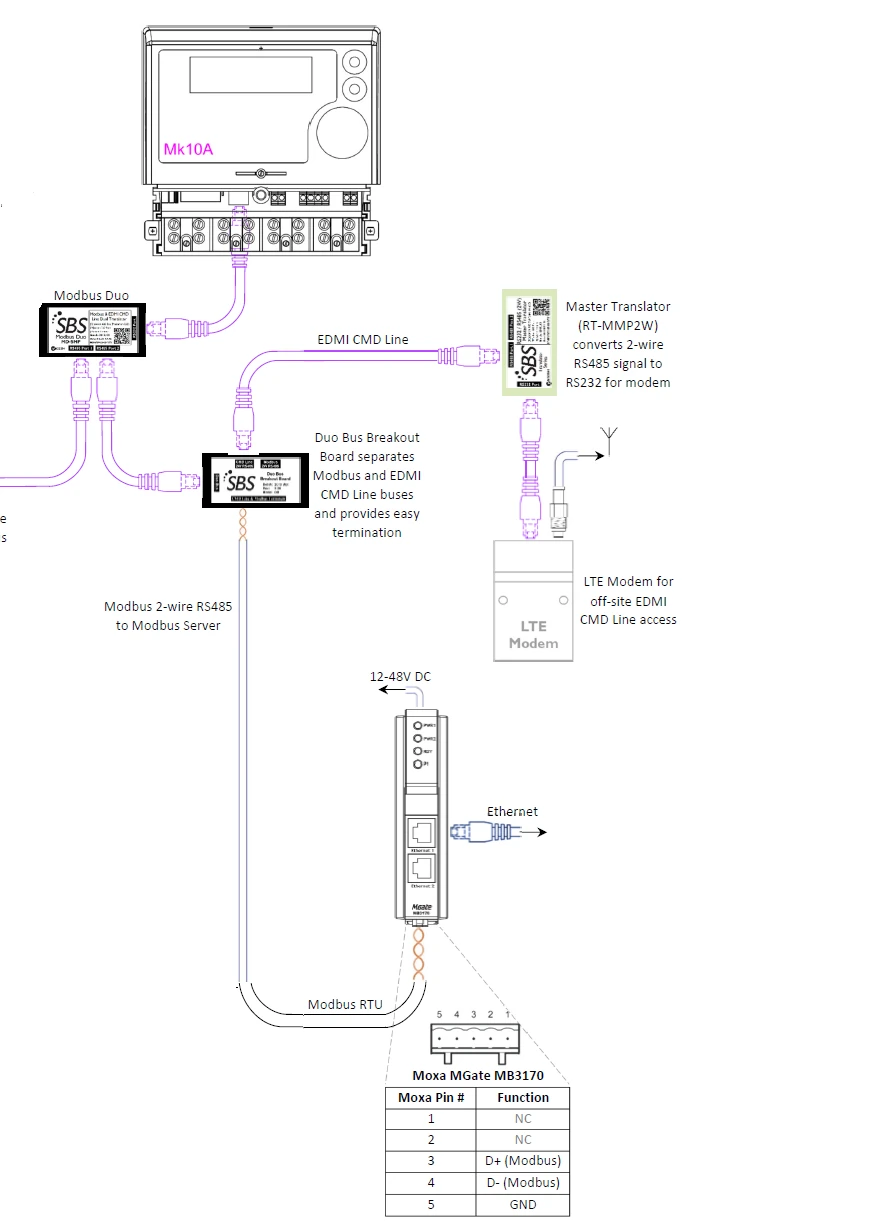
The smart solar metering solution has been deployed to 40 schools in a trial, connected to Zabbix and Power BI in real-time. For Jamison HS, this meter has been repurposed for the Demand Flex in NSW Schools project.
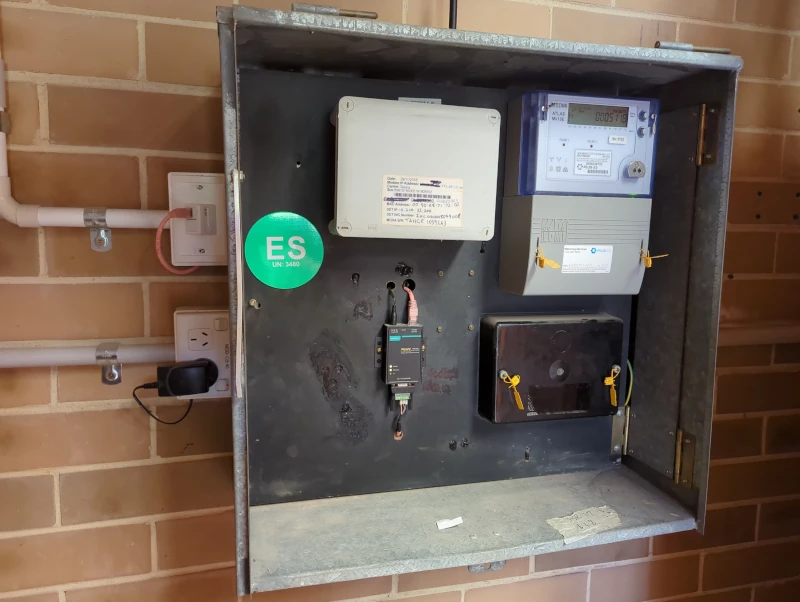 Typical EDMI utility meter with SBS Modbus adapter connected to the schools network
Typical EDMI utility meter with SBS Modbus adapter connected to the schools network

